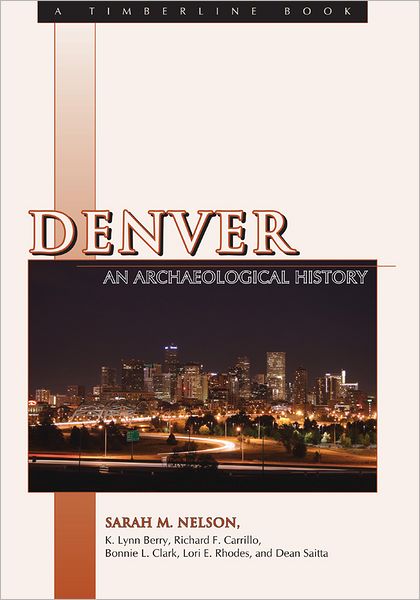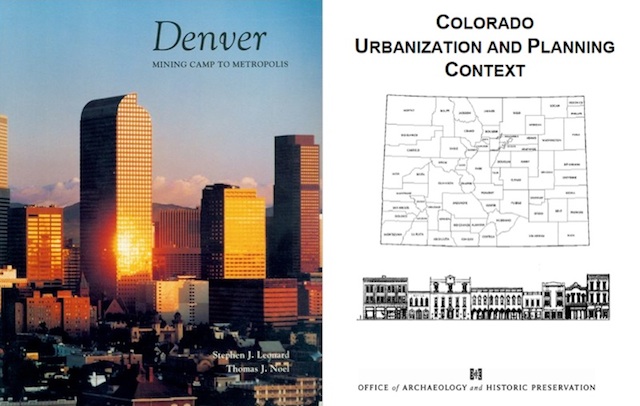Denver: An Archaeological and Contemporary History
Yesterday I had the honor of speaking in the University of Denver’s Osher Lifelong Learning Institute’s (OLLI) Summer Seminar series. I’ve spoken to this engaged and perceptive group of adult learners before, on topics having to do with human evolution. This time I spoke to my current research and teaching interests. I gave a talk called Denver: An Archaeological and Contemporary History. The slide show is posted to the Presentations page of this website. It will give you a sense of the ground covered.
As I told the assembled group, this was an opportunity for me to connect the previous work I did as part of a DU anthropology department team that wrote Denver: An Archaeological History (originally published in 2001) to my current interest in the Intercultural City. It was also an opportunity to reacquaint myself with material in two other fine books about Denver: Stephen Leonard and Tom Noel’s Denver: From Mining Camp to Metropolis (1991), and David Hill’s Colorado Urbanization and Planning Context, published by History Colorado’s Office of Archaeology and Historic Preservation (1984).
Together, these three books reaffirm that Denver has always been (1) a collection of diverse lifeways, (2) a crossroads of interaction, and (3) a locus of cultural coexistence. That is, Denver’s location as a distinct place on the landscape has always been “multicultural”, although the relationships between interacting groups have certainly not always been peaceful or easily maintained. Whether anything can be learned from this history that’s helpful in making the contemporary city more intercultural—beyond establishing that the challenge of interculturalism is a long-standing one—is an intriguing question.


Leave a Reply